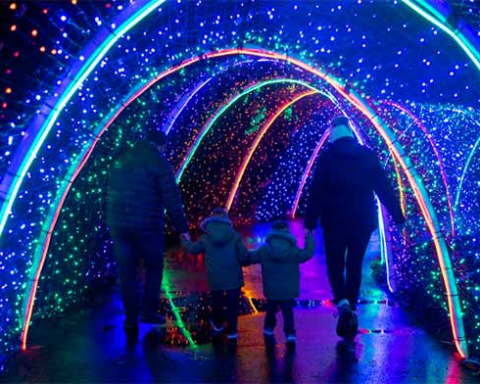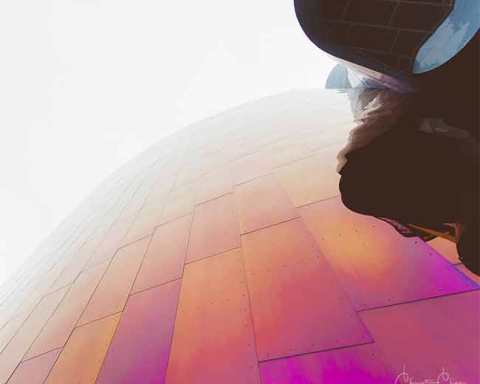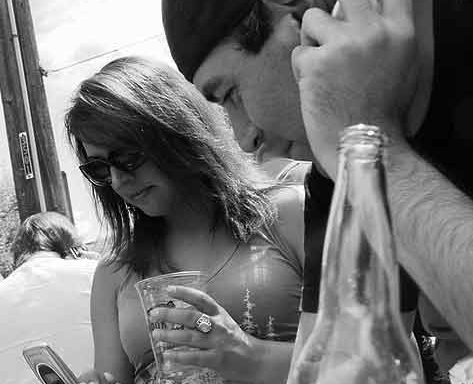The National Weather Service reports that the temperature in Seattle was 14 degrees higher than usual between Wednesday night and Thursday 25th August 2022 morning, making it one of the city’s hottest nights on record.
The overnight high temperature was 71 degrees, making it one of just three nights in the city’s climatic record when the low temperature did not drop below 70. A typical December night in Seattle had lows of 57 degrees.
Research showed that by the end of the century, increasing nighttime temperatures in three Asian nations might raise the death rate by up to 60%.
The warm night in the Pacific Northwest metropolis follows this trend. The authors of this study claim to have conducted the first analysis of how warmer evenings caused by climate change can affect death rates.
Deaths attributed to abnormally warm overnight temperatures make up the bulk of that rate. The body’s natural cooling mechanisms at night may be disrupted by an increase in temperature, which can have a negative impact on sleep quality and, in turn, the immune system.
The authors of the research found that this may increase the risk of getting cardiovascular disease, chronic diseases, inflammation, and mental health difficulties.
So Why Do Some Neighborhoods Experience Higher Temperatures Than Others
It has been found that the less affluent residents in the Seattle region are disproportionately affected by the heat.
Like in most parts of the country, low-income communities are disproportionately concentrated in urban cores where there are fewer trees, more paved surfaces, towering buildings, vast industrial parks, and major highways.
Thursday is expected to be hot, with a high of 90 degrees at Seattle-Tacoma International Airport, however, the heat will be dispersed over King County.
According to Edgar Frank, political director of the Burlington-based independent farmworker union Familias Unidas por la Justicia, income is a major determinant of who swelters in the Washington heat and who gets to enjoy mild summer days.
Workers in hot environments, such as those in agriculture and the fast food industry, are particularly vulnerable to heat problems. It’s more uncommon for low-income tenants to have air conditioning in the Pacific Northwest due to the region’s restricted access to residential cooling systems.
“This gets back to discrimination and who gets hit the hardest by climate and environment injustice,” Frank added. Maria Batayola, an environmental justice coordinator at Seattle-based charity El Centro de la Raza, noted that not everyone in Beacon Hill can afford to buy air conditioners and fans.
The Need for Long-term Climate Solutions
Batayola added that to keep cool for cheap, locals may do things like drape thick bed sheets or bright aluminum foil over their windows. Last year, Washington State increased its energy assistance program to cover the cost of air conditioning for low-income people.
More long-term climate resilience initiatives, including parks with plants and community halls with air conditioning, are necessary for marginalized populations that have been historically underinvested.
According to a study of 108 U.S. cities published in the scientific journal Climate in 2020, redlined regions consistently had higher average surface temperatures than non-redlined locations, sometimes by as much as 12 degrees Fahrenheit.
According to a 2019 NPR study of surface thermal data from NASA and U.S. Geological Survey satellite photography from summer days in the previous decade, the temperature gap between the city’s coolest and warmest districts in Seattle might reach as high as 14.5 degrees.
Heat and wealth in Seattle were shown to have a modest relationship, according to NPR. On the same day when Georgetown saw 98.1 degrees of heat, people in Magnolia, where the typical household income is roughly $217,900, endured about 84.4 degrees, NPR reported.
Photo by “Bombs Away! A melting Bomb Pop on a sidewalk means one thing….hot weather! And maybe also a crying child.” by Lorie Shaull is licensed under CC BY-SA 2.0







